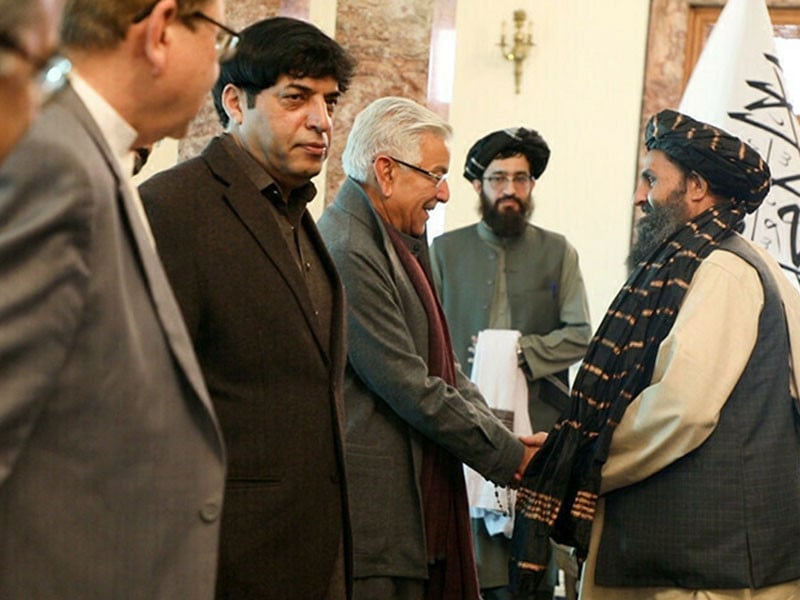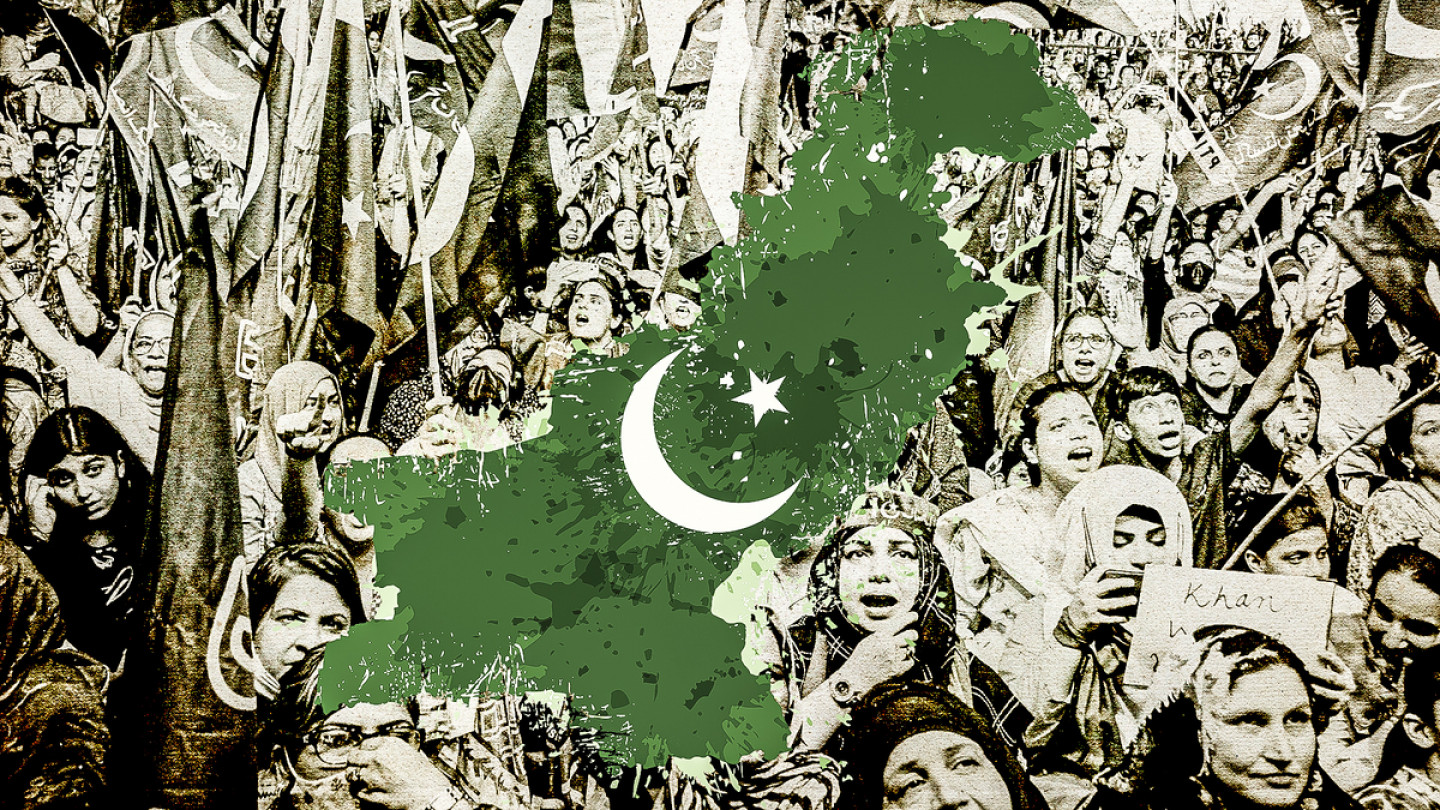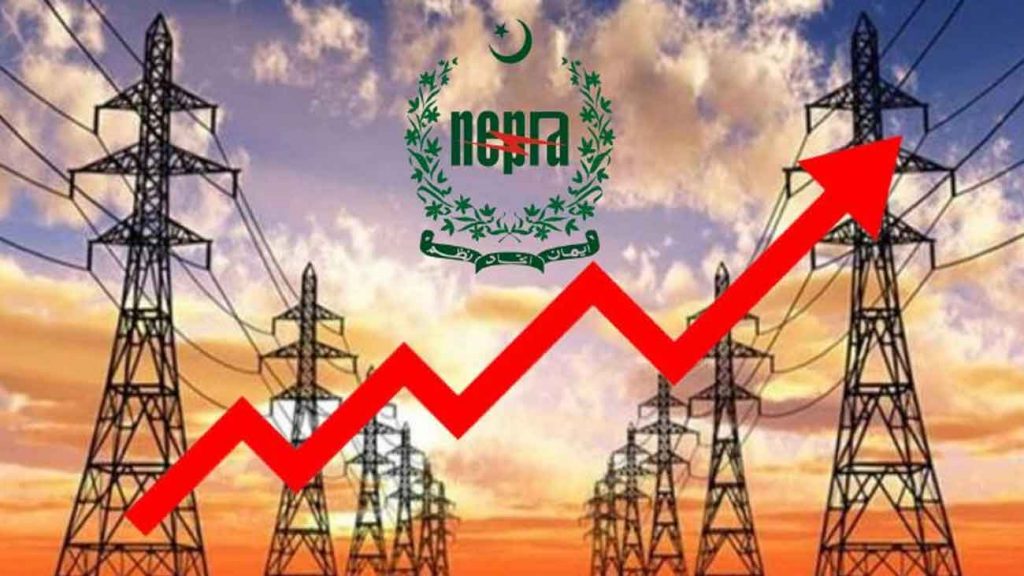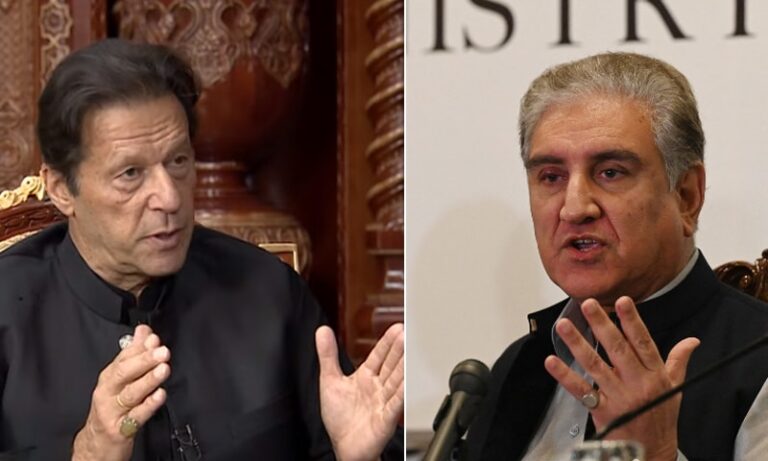EDITORIAL
To begin with, East and West Pakistan (Bangladesh) could have only merged as a confederation due to the reason that nothing was common except religion. Then, religion was also settled as a working sentiment with the creation of Pakistan. Both pieces of land had different geographical, cultural, historical, linguistic & economic traditions and preferences. They had nothing in common except religion. Importantly, the both lands never functioned together in the history of India. Moreover, the state converted a potential confederation into a unitary state. So, the separation was inevitable. People attribute several reasons for separation; however, the fundamental cause was that state functionaries turned united Pakistan into a unitary state. Hence, the six points identified the structural confederation, and the state of Pakistan should have adopted it. Then, there is a lesson in it that states always depend upon the socio-geographical structures. Present Pakistan is an Indus land and a natural federation, unlike united Pakistan. Therefore, it is essential to run present Pakistan as a federation, not a unitary state.
Bengali nationalism is rooted in the expression of pride in the history and cultural heritage of Bengal. After the defeat in the Battle of Plassey on 23 June 1757, Bengal was subject to British rule for 190 years. During the British government, Calcutta was the capital of India and Bengal province until 1910. During this period, Calcutta was the centre of education. From 1775 to 1941, the emergence of the Bengal renaissance (from the birth of Raja Ram Mohan Roy to the death of Rabindranath Tagore) secured growing Bengali nationalism. The first Bengali nationalist agitation emerged over the 1905 Partition of Bengal by British authorities. Although Bengali Muslims supported the partition, many Bengalis protested the partition and participated in civil disobedience campaigns such as the Swadeshi movement and mass boycotts of European goods. Seeking a united Bengal and rejecting British hegemony, Bengalis also spearheaded an emerging revolutionary movement, which assumed a central role in the national independence struggle.
Then, as the Hindu-Muslim conflict escalated and the demand for a separate Muslim state of Pakistan became popular amongst Indian Muslims, partitioning India on communal lines was deemed inevitable by mid-1947. In 1947, in line with the Partition of India, Bengal was partitioned between the Hindu majority west and the Muslim majority East. East Bengal became part of the Islamic Republic of Pakistan, while West Bengal became part of the Republic of India. The working sentiment of the Pakistani movement was religion. Therefore, as the idea achieved its destination, the state needed to run the affairs of a united Pakistan according to the compulsions of the modern nation-state. Now, mere religious affinity was not sufficient; the compulsions of the federation, such as democracy, participation, representation, economy and cultural identity, were even more demanding. Pakistan was a federation of many nations and two separate geographical entities, and it could have functioned only as a federation.https://republicpolicy.com/constitution-democracy-governance-and-colonial-bureaucracy-in-pakistan/
Right after the establishment of Pakistan, a controversy arose about what would be the state language of Pakistan. Bengalis started a movement in 1947 few months after the inception of Pakistan. Its main point was the Bengali language. Initially, it was a cultural movement, but gradually it became a political one. Then, Pakistan’s two wings were isolated by one thousand miles of enemy territory, India. This unique geographical position could seriously threaten the country’s integrity. There was nothing common between the two wings except religion. In a word, all the shared identity that ties a nation-state, physical bonding, common culture, common language, and conventions of national life was absent in Pakistan. Hence, it was a complex federation. West Pakistan was the Indus Land, and East Pakistan was the expression of Bengali nationalism. Thus, a united Pakistan was incepted with an Achilles heel.
The East Pakistani population was 58% of the total population of the whole of Pakistan. Even this majority were not even allowed to have their language as one of the national languages until after a bloody battle between law enforcement agencies and students. From the very inception of Pakistan, west Pakistanis dominated the political, social, cultural and economic field of life. Allegedly, discrimination against East Pakistan started right from the outset in 1947 because most of the private sector was located in West Pakistan. In addition, East Pakistanis felt that since West Pakistani civil servants dominated the central policy-making structures, most of the lucrative import licenses were given to West Pakistanis.https://republicpolicy.com/the-executive-denial-of-constitutional-fiscal-federalism-in-pakistan/
Moreover, East Pakistan’s earnings enabled West Pakistani merchants and traders to enhance manufacturing and infrastructure facilities in West Pakistan. They offered a maximum scope to the private sector in industries like cotton textiles, woollen cloth, sugar, food canneries, chemicals, telephones, cement, and fertilizer. Day after day, from 1947, state functionaries highly reduced educational facilities and qualities in East Pakistan compared to West Pakistan. With the quality of education, the number of schools was reduced during that period.
After 1966, the six-point movement gave East Bengal people confidence and belief in the autonomous campaign, the election in 1970, and the war. Critics believe there was no hint in the six-point movement of being separated from Pakistan. Moreover, according to many critics, Sheikh Mujib never mentioned such separation or the possibility of separation. If one looks at a depth of the six points movement, one sees that the first two points were about the regional autonomy of East Pakistan. The following three points were to remove the disparity between the two wings of Pakistan. The last point was to ensure the defence of East Pakistan. However, these six points were not accepted by the people at the helm of affairs, and finally, East Pakistan was separated.
It is the most emotionally painful incident in the history of Pakistan. Critics attribute many social, cultural, geographical, economic and multiple reasons behind the East Pakistan debacle. Then, these reasons may be convincing and genuine. However, the fundamental cause of the separation was that the state organs could not develop a functional federation. What is a federation? The term ‘federation’ is derived from the Latin word foedus, which means ‘treaty’ or ‘agreement’. Thus, a federation is a new state (political system) that is formed through a treaty or an agreement between the various units. The units of a federation are known by multiple names, like states and provinces. It is a form of government where powers are exclusively distributed between a federation and units through a political contract employing representation and participation—the Objectives resolution 1949 legislated Pakistan as a federation with autonomous provinces.https://republicpolicy.com/administrative-federalism-a-quest-for-provincial-administrative-autonomy/
State functionaries needed to translate this fundamental federalism objective into the state apparatus. There was a constitutional crisis. The state functionaries did not ensure representative democracy. The model of governance remained highly centralized and autocratic. The centralization in a federation develops alienation. A federal form of state respects the units’ linguistic, cultural, economic and political identity. Pakistan’s then-supposedly federal state did not guarantee Bengali nationalism with all its organs, which alienated the people. United Pakistan should have respected the Bengali language, culture and political rights of fair representation and participation. Pakistan should have functioned like a representative federation. It was even more essential because the natural alliance of west and east Pakistan was that of a confederation, not a federation owing to two different geographical lands. To begin with, the federation of the two areas was a complex task; then, the state tried to run a potential confederation as a centralized unitary state; therefore, the separation was inevitable, and it happened. Federation can not remain united with centralized coercion.
Hence, there is a need to take a lesson from the fall of Dhaka. Present Pakistan is a natural federation being the Indus Land. Then, the centralized and undemocratic state apparatus is not making the federation of Pakistan functional. Pakistan shall never function as a unitary state. It is a fundamental structural anomaly. The compulsions of the federation, such as constitutional guarantees, devolution, democracy, representation, and cultural identity, must be upheld supreme. The fundamental reason Bangladesh separated was the desire to run the federal state as unitary. Therefore, let Pakistan run as a federation!https://republicpolicy.com/a-case-of-provincial-administrative-autonomy/

















































